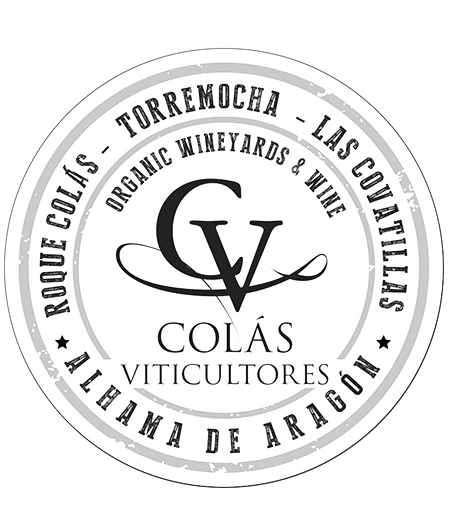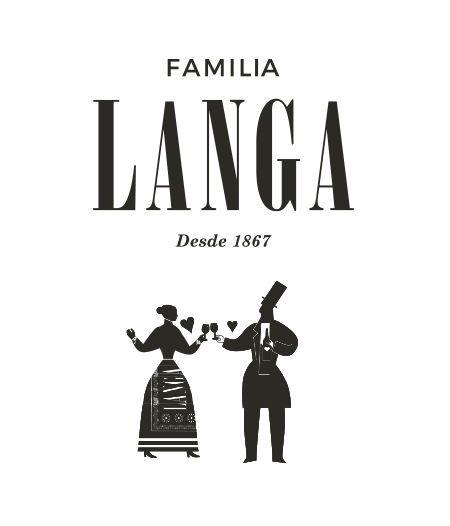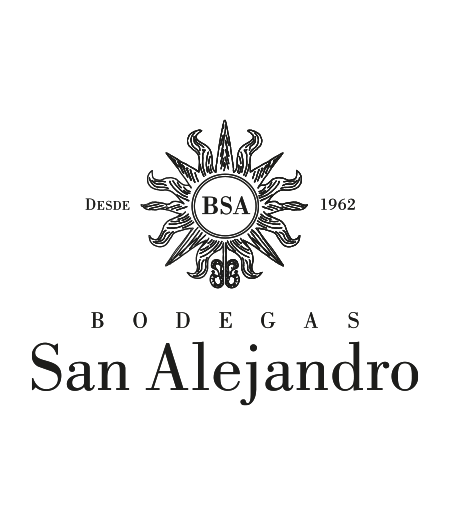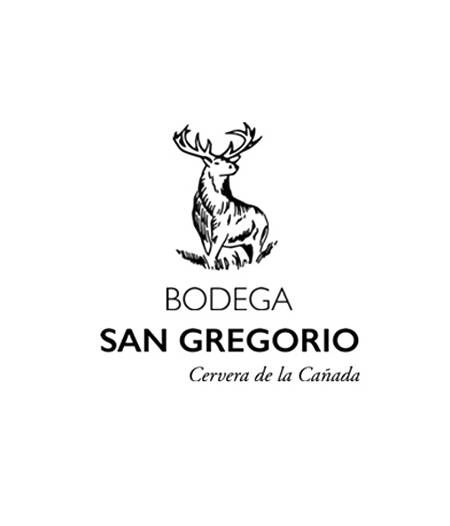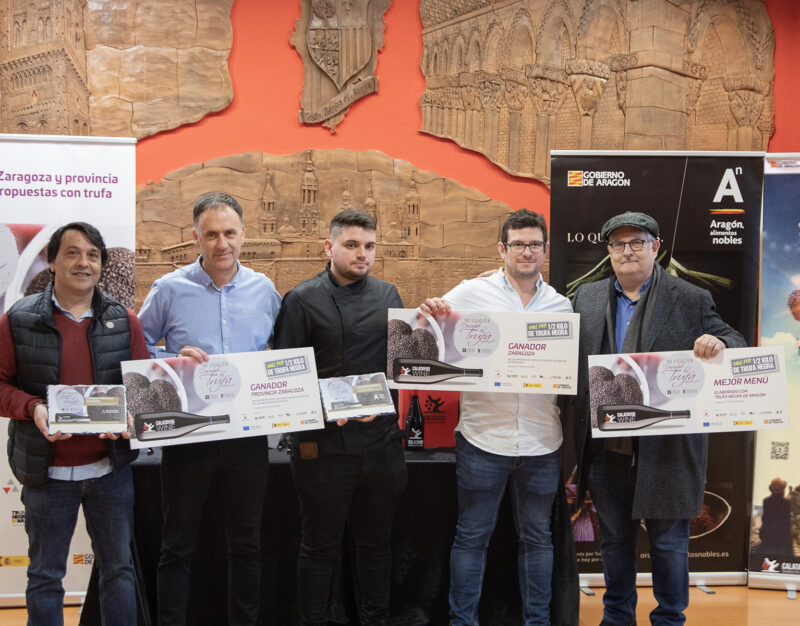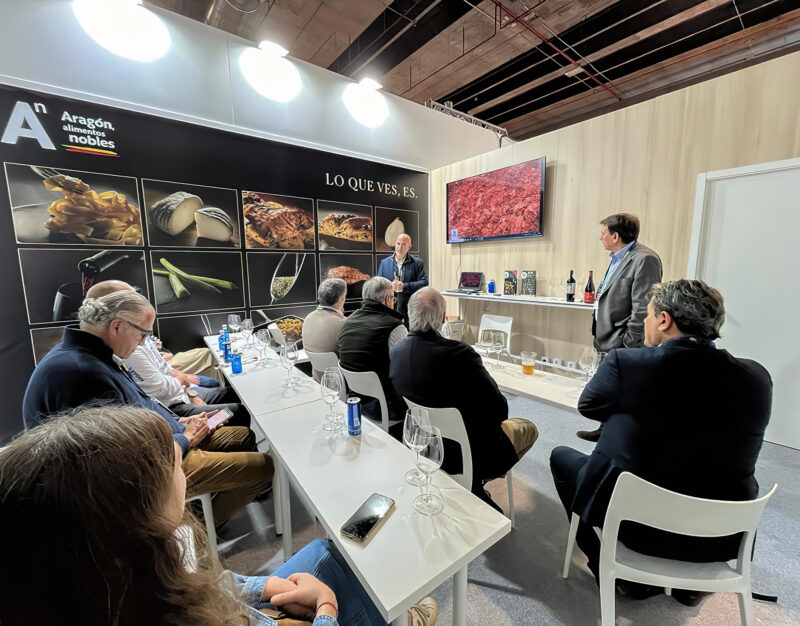Es aquí donde el carácter va del blanco al negro. De la tormenta al desierto. Donde en la altura más elevada se hunde la raíz más profunda. Donde lo imposible es posible.
Donde los extremos se juntan, nacen nuestros vinos, allí donde muy pocos pueden crecer. He sentido el sol abrasándome y el frío sellando cada poro de mi piel. Soy hijo del tiempo y el silencio.
Creadores de Sueños
-Bodegas
Sello de Calidad
-D.O.P. Calatayud
Museo del Vino
#CalatayudWine
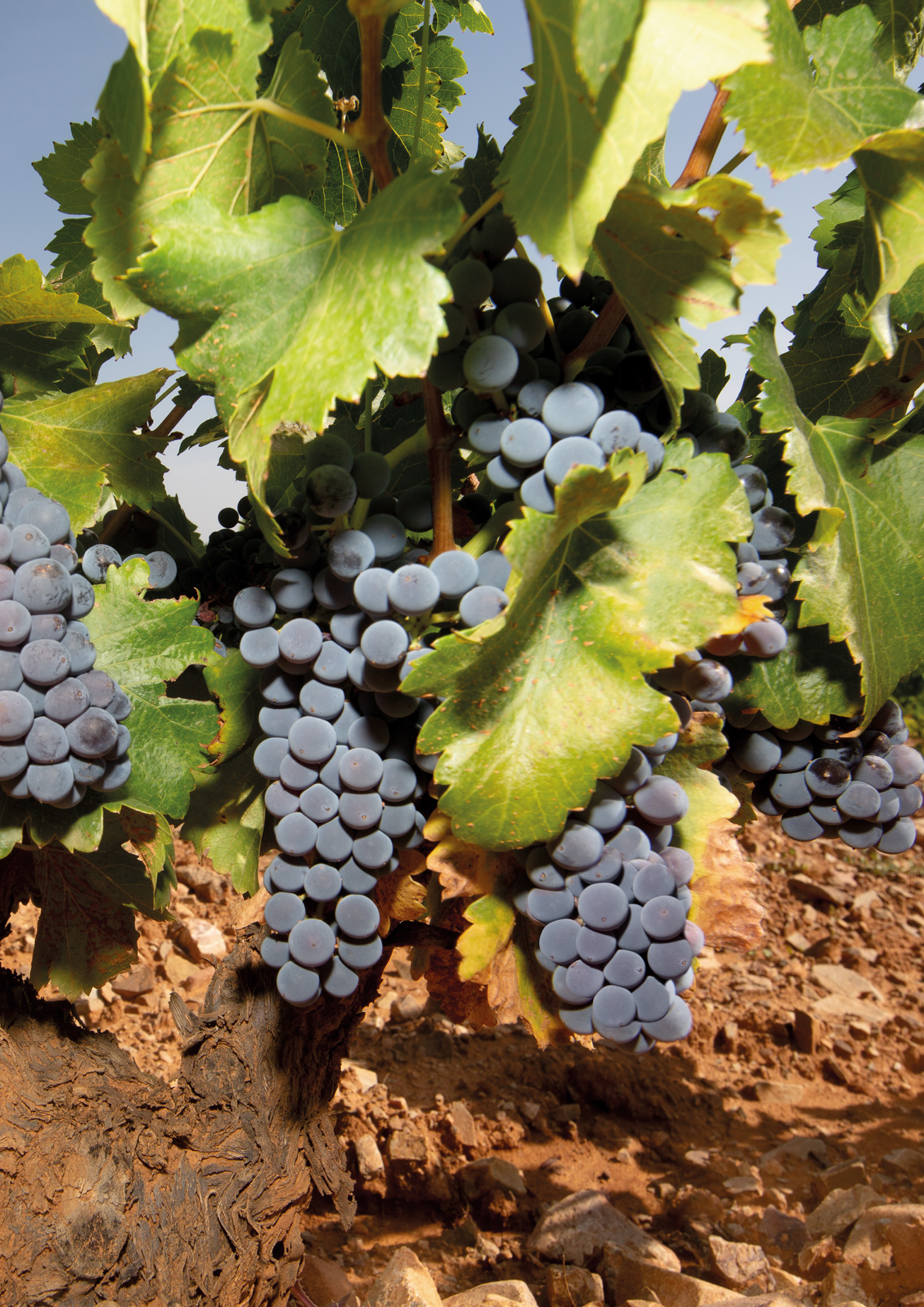
Garnacha
Autóctona
Fruto de las alturas y el tiempo, la Garnacha Tinta es nuestro mayor patrimonio.
Agreste y de ciclo largo, pervive en los que son los viñedos a mayor altitud de Aragón, en una adaptación perfecta. Plantaciones que superan en muchos casos los 45 años de antigüedad y que nosotros llamamos “Viñas Viejas”.
We are
Calatayud
Wines
Un terroir diverso y extremo, horadado por los afluentes del Ebro: viñedos que se extienden por la vega, remontan el piedemonte y casi tocan el cielo.
Nuestro carácter singular es fruto de los hombres y mujeres que han elaborado vino desde que hay memoria, adaptándose a una tierra extrema forjada por el sol y el hielo.
Noticias
VinoSonic: el primer festival multidisciplinar de vino nace en Zaragoza organizado por la DO Calatayud
El vino va a ser el hilo conductor de un festival novedoso repleto de actividades con artistas musicales y plásticos de ámbito nacional y local como parte de la campaña ‘Excepcionalmente diferentes’ de la DO Calatayud. Con Queralt Lahoz y Fresquito y Mango como...
La VIII edición de “Descubre la Trufa” culmina con éxito, con la DOP Calatayud como uno de sus principales protagonistas
Bar Hermanos Teresa (Zaragoza) y Hotel Restaurante Río Piedra (Nuévalos, Zaragoza) se han llevado los dos premios principales de la octava edición de “Descubre la Trufa”. El Restaurante Boulevardier (Zaragoza) gana el premio al mejor maridaje de Trufa Negra de Aragón...
LOS VINOS DE LA DENOMINACIÓN DE ORIGEN CALATAYUD SE DESTACAN EN MADRID FUSIÓN
Los vinos de la Denominación de Origen Calatayud brillaron en la sala de catas del Stand de Alimentos de Aragón en Madrid Fusión, uno de los eventos culinarios más destacados a nivel internacional.





